These Tiny Submarines Changed the Course of the War at Normandy
Before the break of dawn on D-Day, a covert operation was already underway beneath the English Channel. British crews aboard minuscule X-craft submarines faced the harrowing prospect of running out of air as they scouted Normandy’s beaches.
These preliminary maneuvers set the stage for the massive invasion that was to follow, a testament to the unsung bravery of these servicemen.
The Silent Infiltration
As darkness enveloped the English Channel, two British frogmen embarked on a perilous swim towards Normandy.
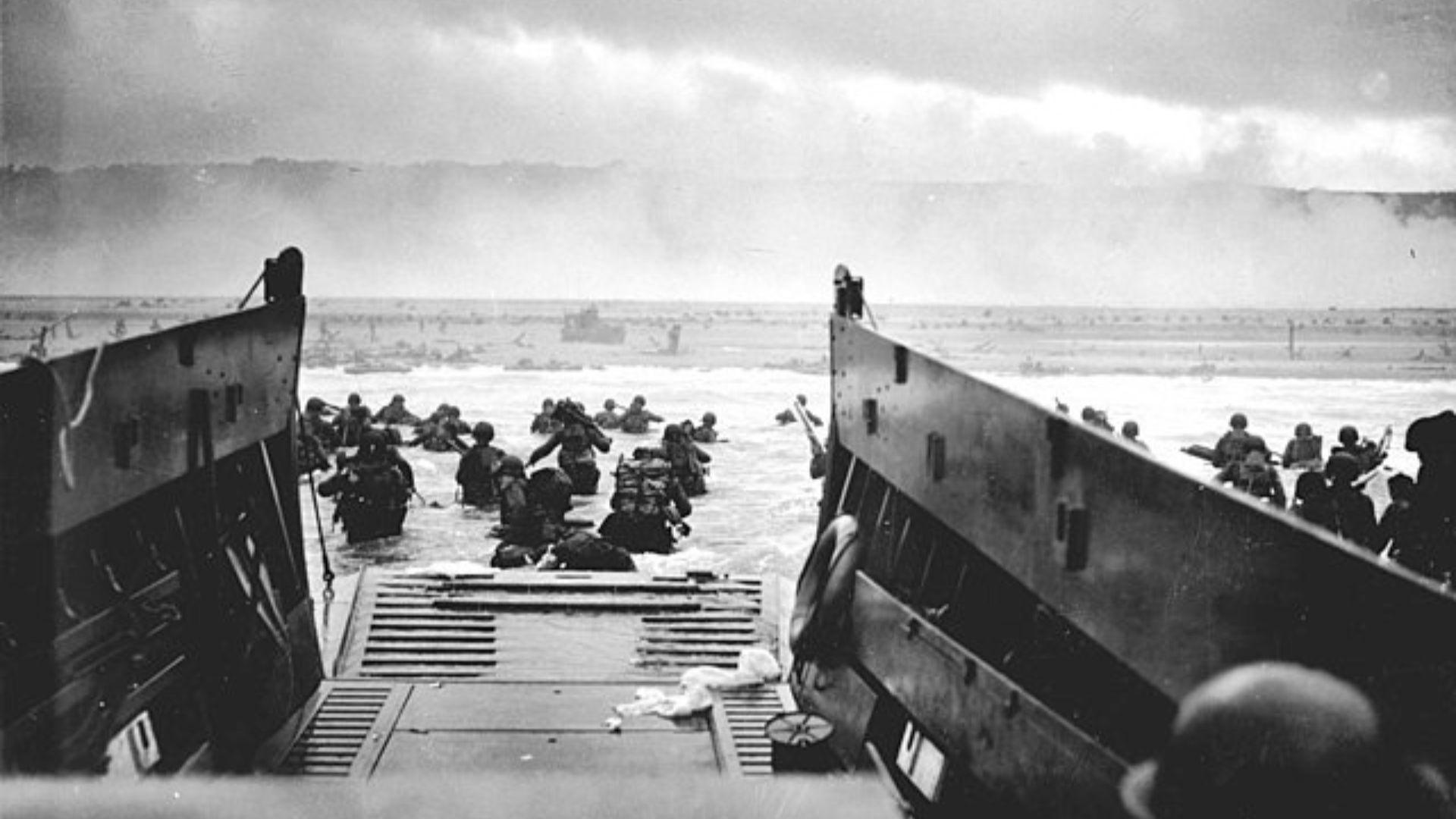
Source: Wikimedia Commons
Battling the strong currents and guided only by the distant light of a lighthouse, their mission was to gather crucial intelligence from the beaches, undetected and under the cover of night.
An Unlikely Celebration
Amidst the sound of German New Year’s celebrations, Major Logan Scott-Bowden and Sergeant Bruce Ogden-Smith took a moment to catch their breath on a French beach.

Source: Getty Images
Their mission was far from festive, but the nearby revelry provided them with a unique opportunity to conduct their operations unnoticed.
The Beachside Mission
Amidst a torrential downpour and nearly horizontal rain, the two men began their critical task. They traversed the beach, collecting sand samples to assess the suitability of the terrain for the impending invasion.
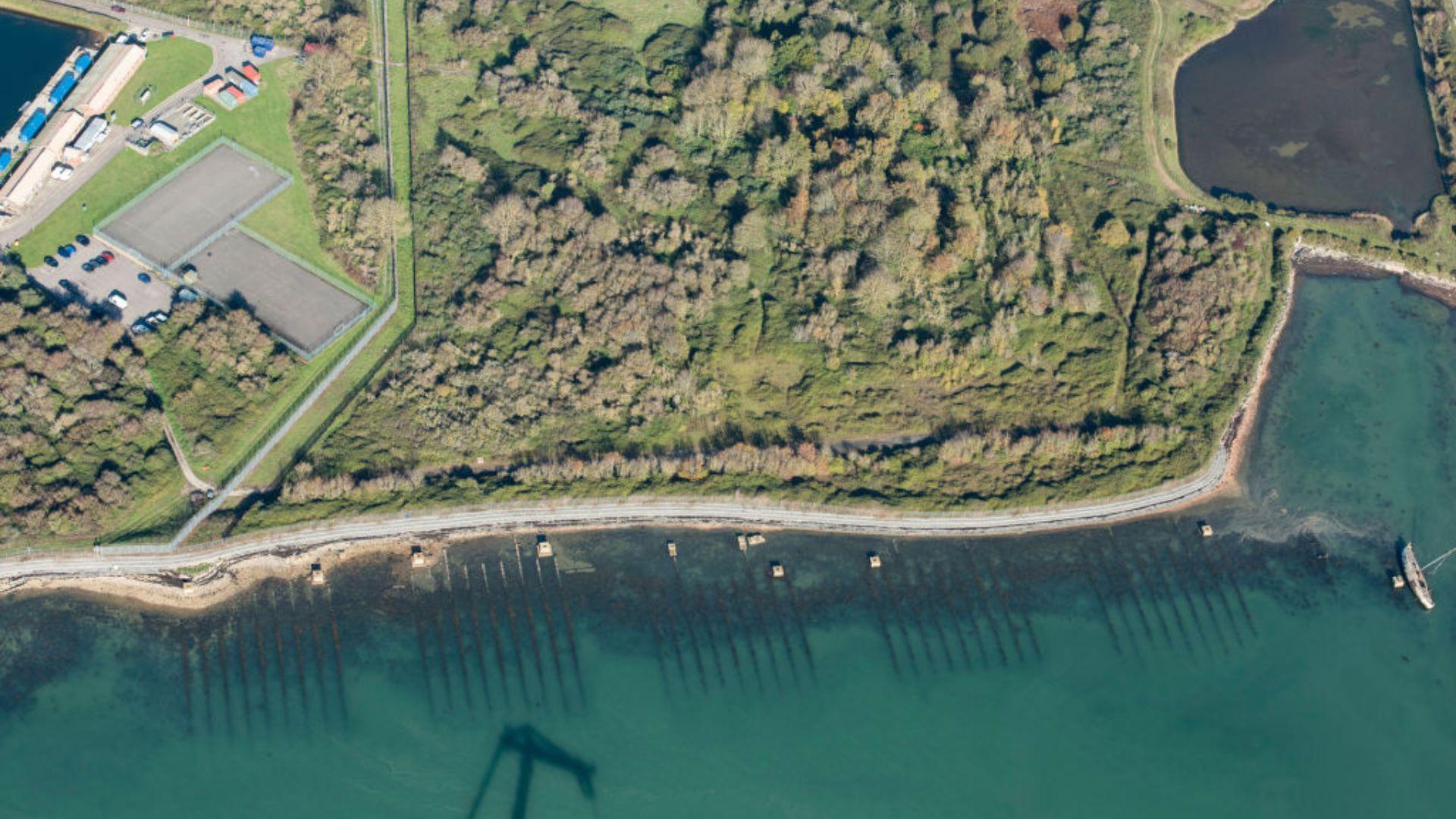
Source: Getty Images
Their equipment, simple but effective, was designed to extract and secure these samples without arousing suspicion.
A Human Moment in the Midst of Conflict
In a brief interlude from their intense mission, one of the men, in a moment of humanity amidst the chaos of war, wished his comrade a “Happy New Year.”

Source: Getty Images
It was a poignant reminder of the personal sacrifices made by soldiers during times of conflict.
The Genesis of a Secretive Unit
The Combined Operations Pilotage Parties, known as COPP, were an integral part of the British military’s strategic reconnaissance efforts.
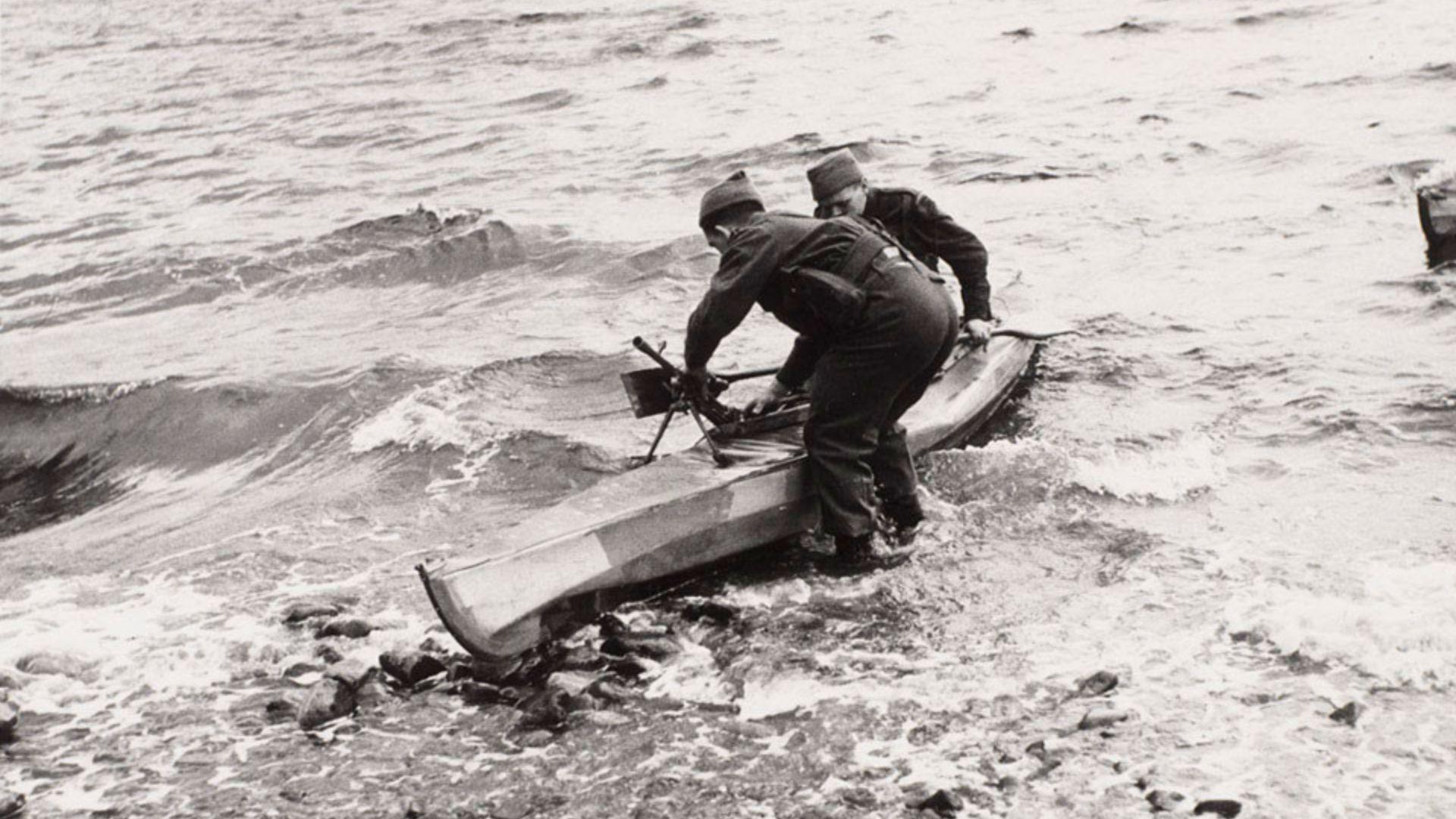
Source: National Army Museum
Formed out of necessity, this secret unit was tasked with providing detailed information on potential landing sites, a role that would prove crucial in the planning of the Normandy invasion.
The Legacy of Early Reconnaissance
The COPP was the brainchild of Lieutenant-Commander Nigel Clogstoun-Willmott, who recognized the need for thorough reconnaissance following the ill-fated Gallipoli campaign.
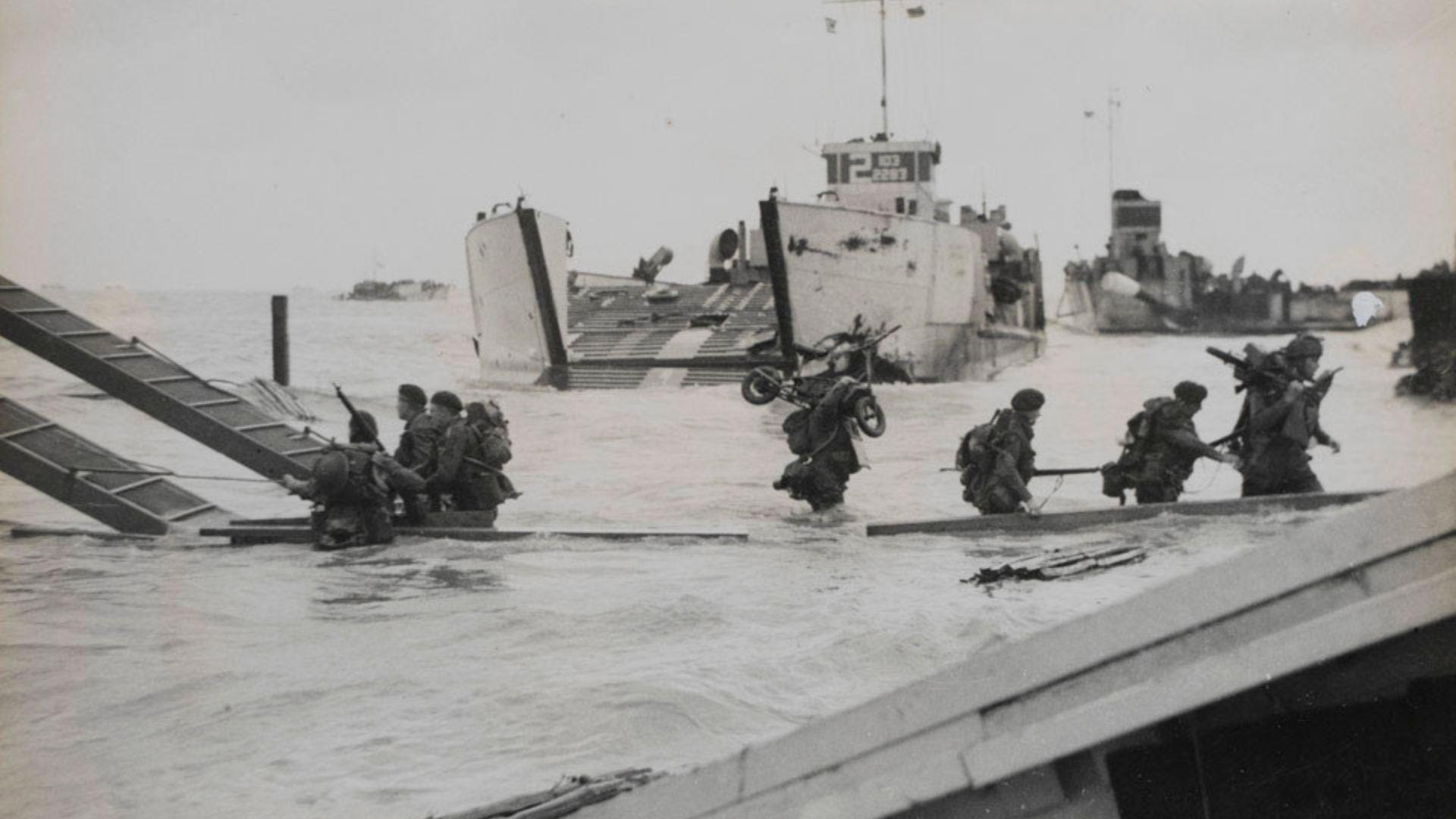
Source: National Army Museum
The formation of this unit ensured that the Allies would not repeat the mistakes of the past, providing commanders with the detailed intelligence needed for successful amphibious operations.
Engineering Espionage Underwater
The miniature, yet powerful, X-craft submarines were a marvel of engineering, designed for stealth and intelligence gathering.
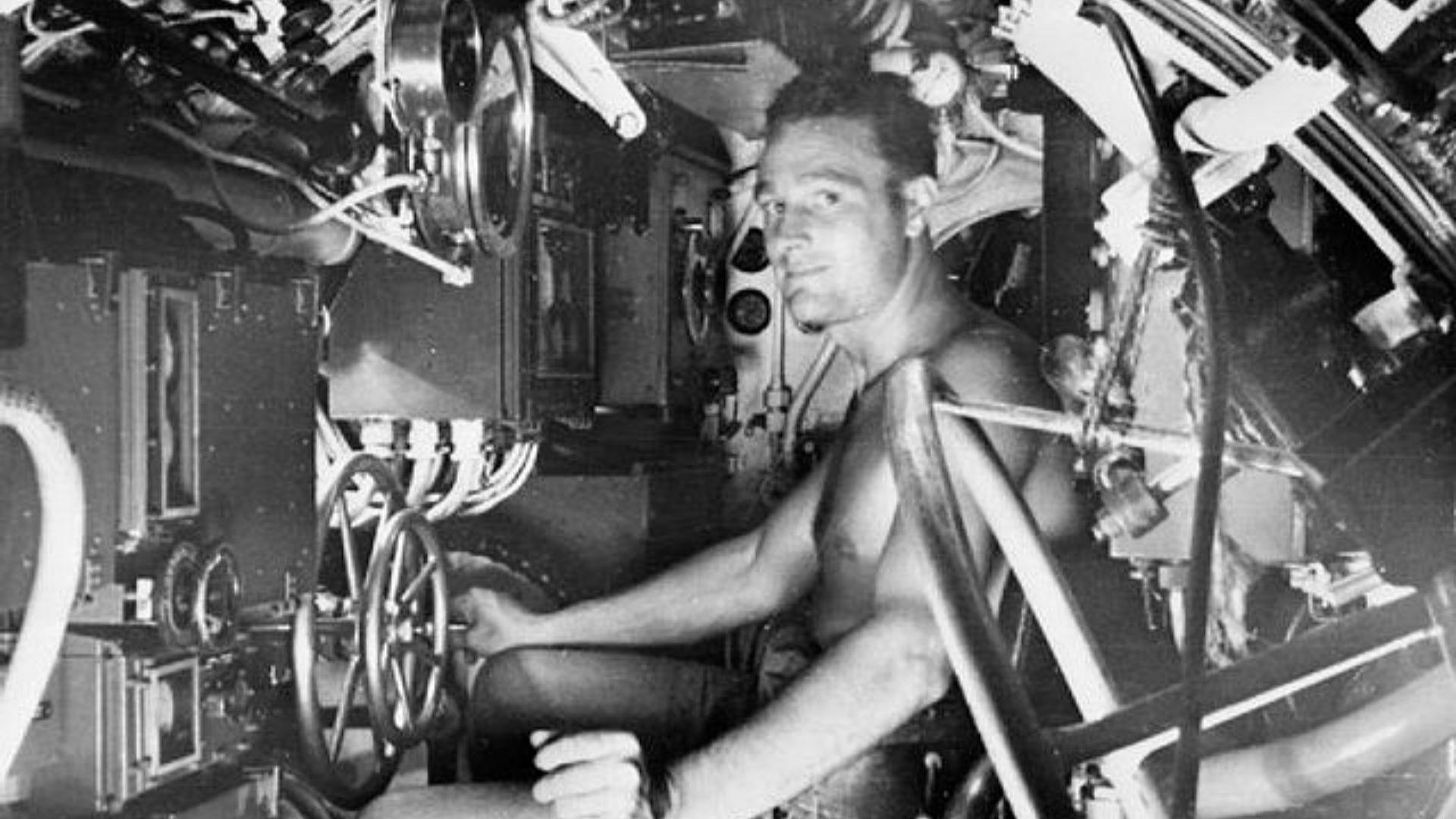
Source: Wikimedia Commons
Manned by intrepid crews, these vessels conducted vital reconnaissance missions, collecting data that would help shape the outcome of the Normandy invasion.
A Submerged Operation
The crew of the X-craft, including Willmott and Scott-Bowden, conducted their operations with a mix of precision and stealth, often under the most challenging of conditions.
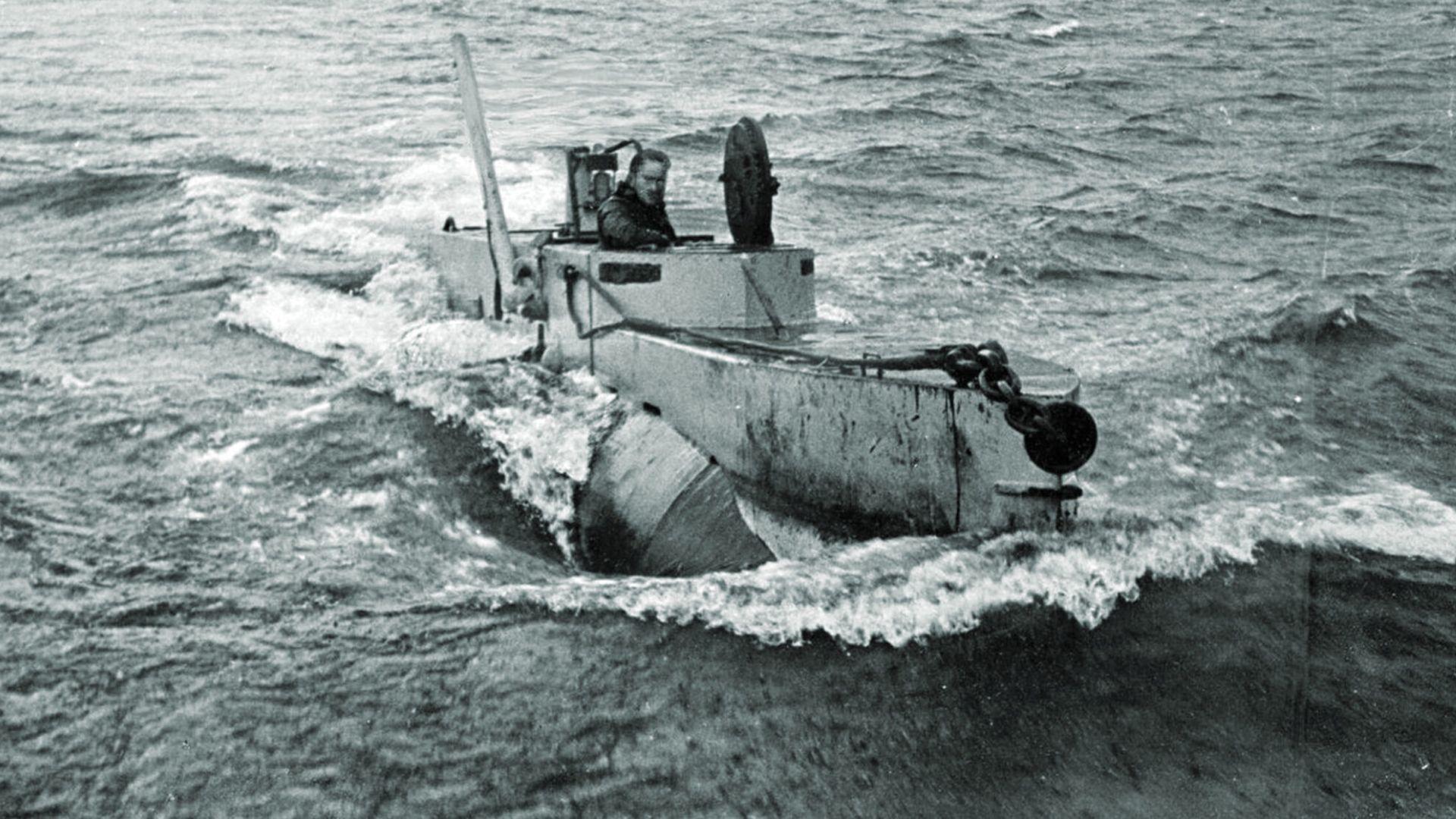
Source: Imperial War Museums
Their work, carried out just yards from the enemy shore, was instrumental in the successful planning of the D-Day landings.
Inside the Submarine
The crew aboard the X-20 submarine experienced conditions that tested the limits of human endurance.
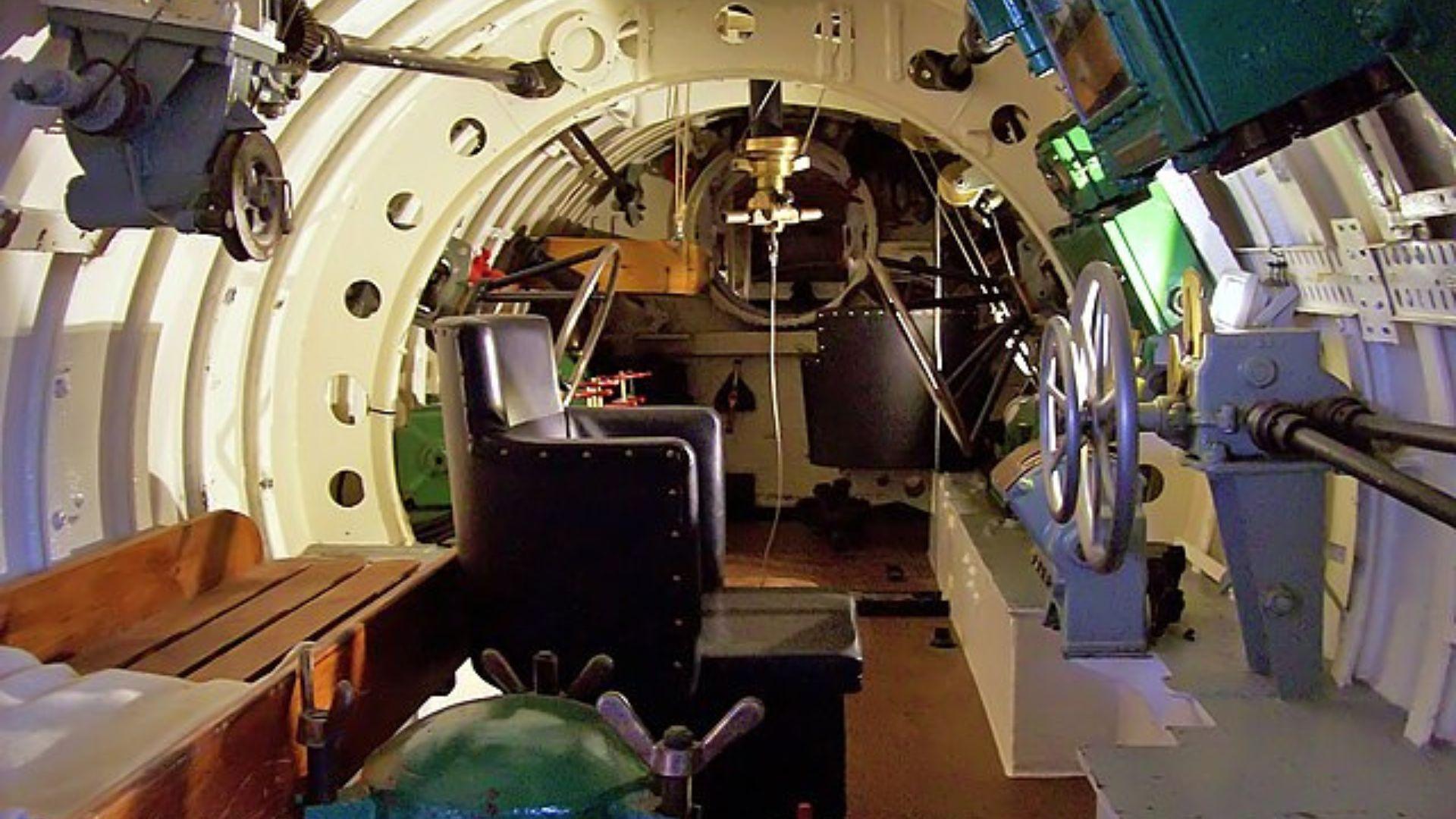
Source: Wikimedia Commons
For five days, they remained submerged, gathering intelligence on Omaha Beach, their every movement critical to the success of the invasion that would follow.
Guiding Lights of D-Day
On the eve of D-Day, the COPP’s submarines surfaced to act as beacons, guiding the Allied invasion fleet to the beaches of Normandy.
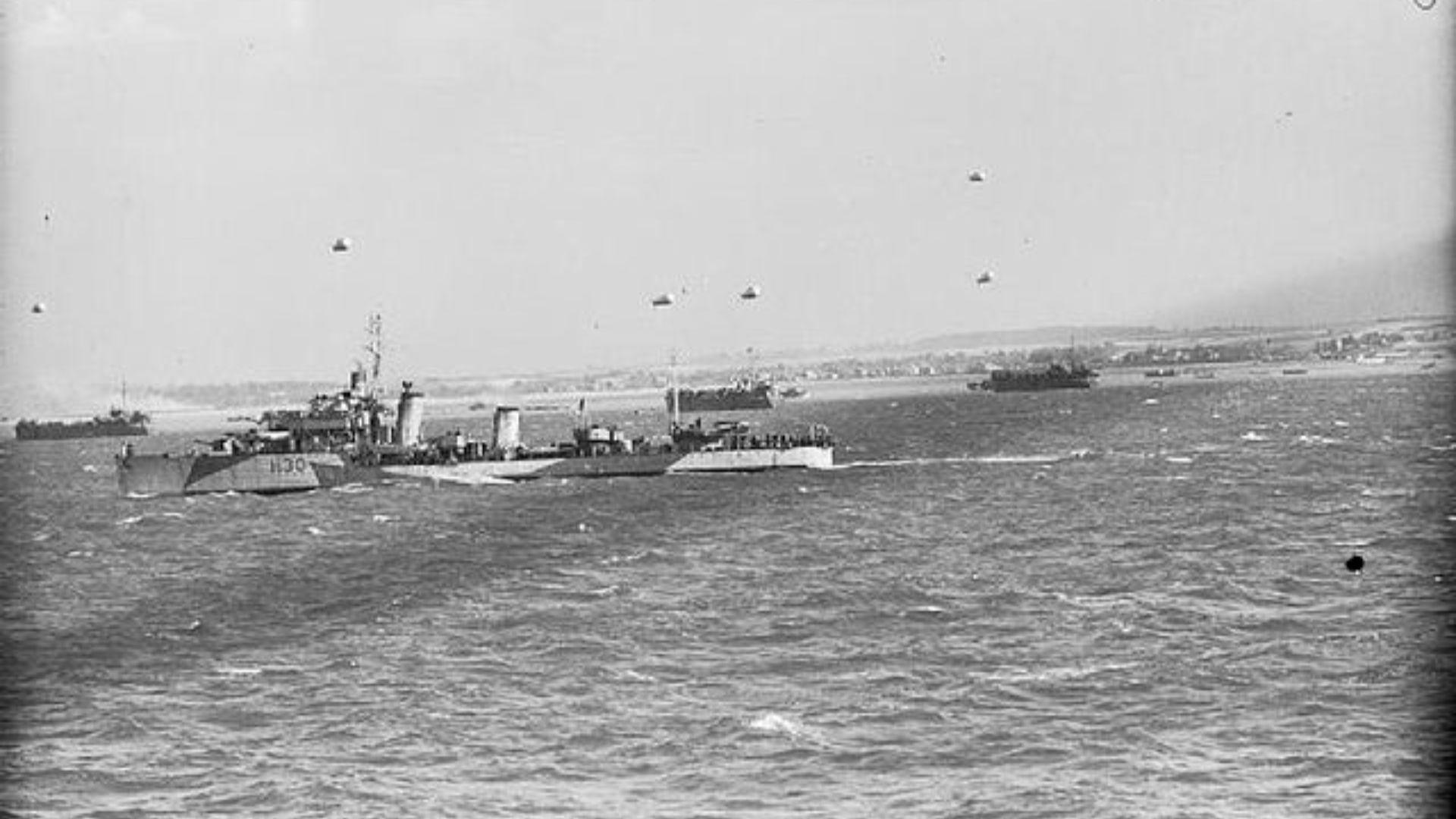
Source: Wikimedia Commons
These submarines played a pivotal role in one of the most significant military operations of the Second World War.
The Quiet Achievers of Normandy
The COPP, along with their X-craft, completed their mission with quiet efficiency, their actions a vital yet understated part of the Normandy invasion’s success.
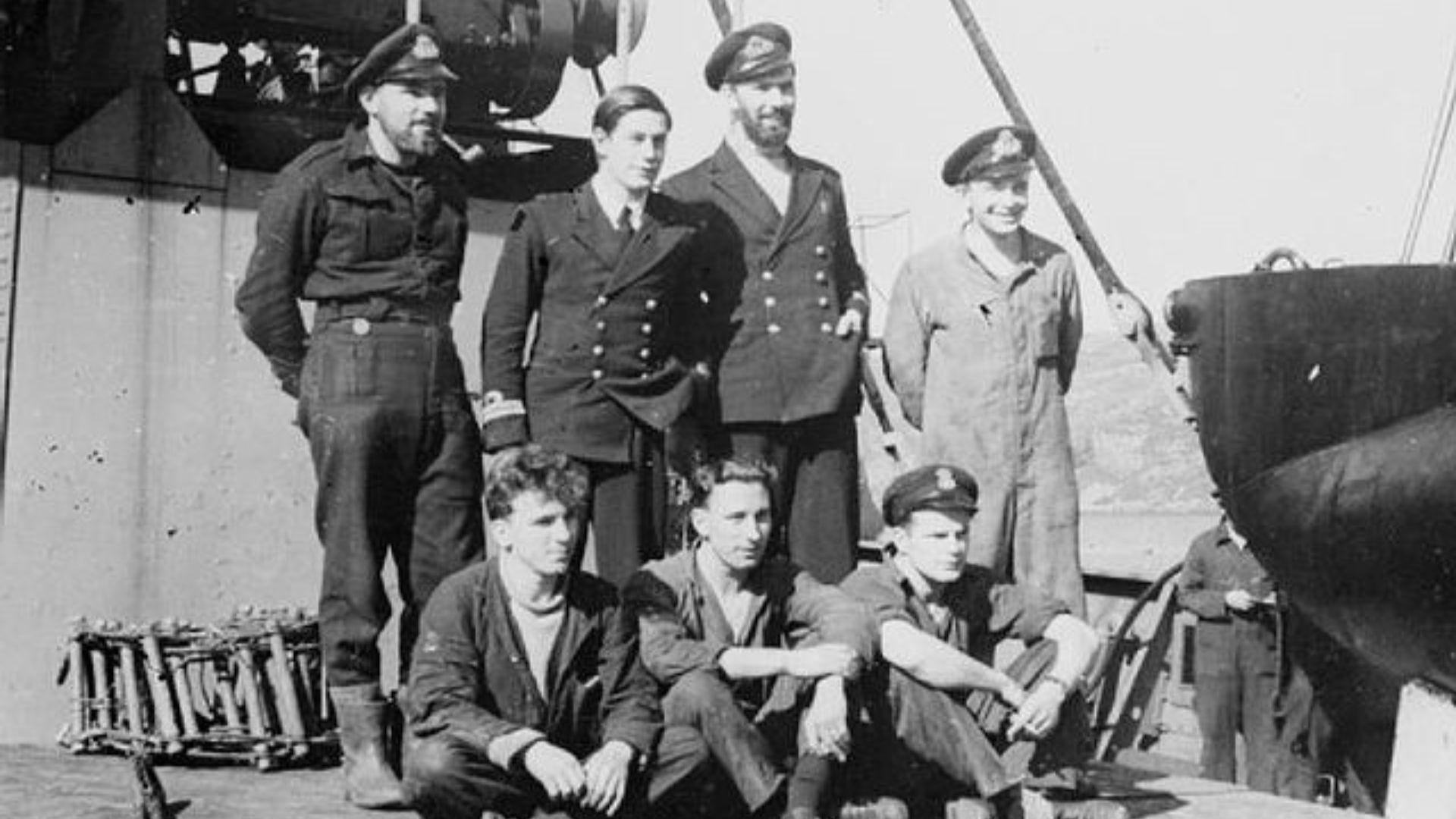
Source: Wikimedia Commons
Their return to the depths marked the culmination of a critical operation that had unfolded away from the limelight but was key to the Allied victory.
